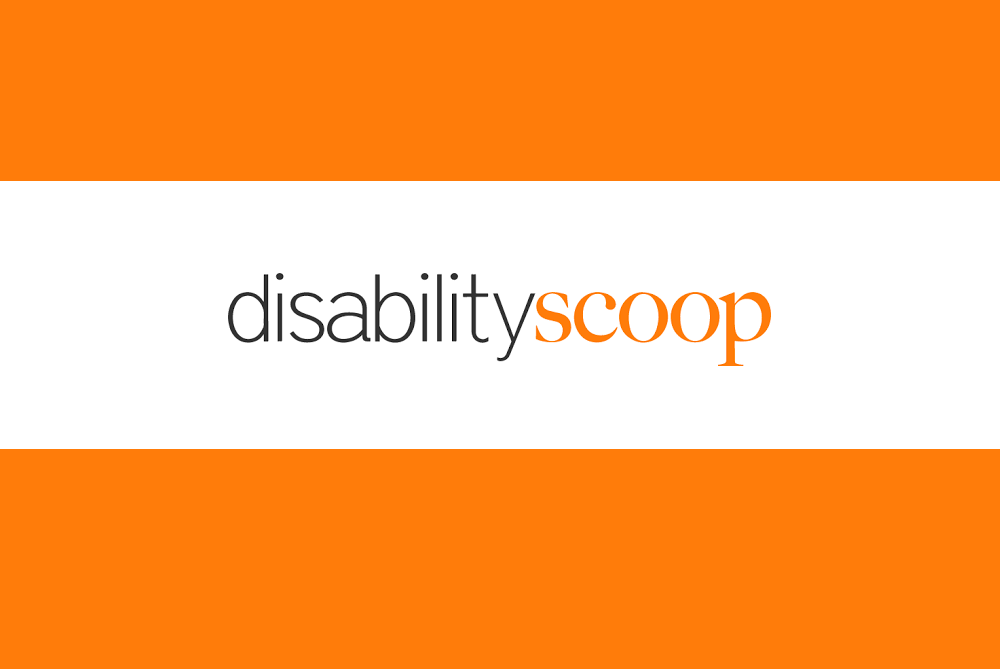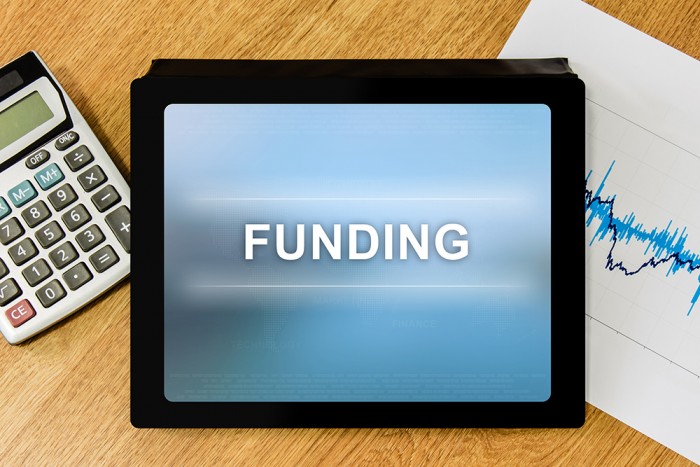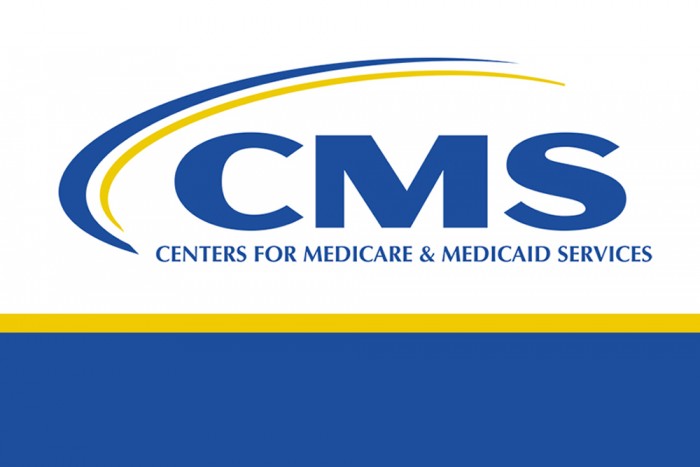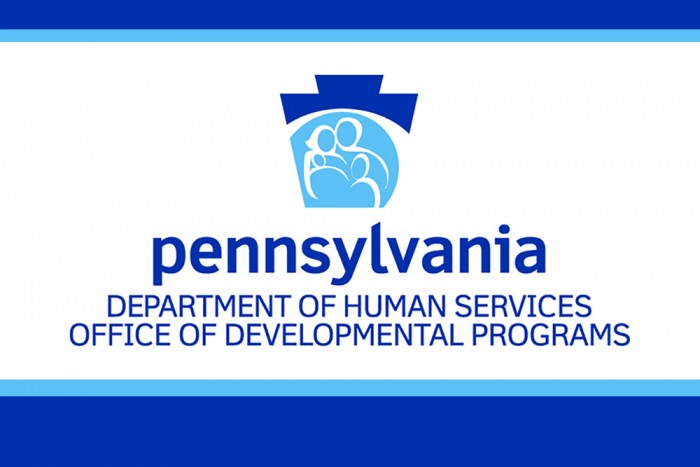The Office of Developmental Programs (ODP) has shared a recent announcement that provides eligible providers with the application to receive supplemental funds as part of the ongoing systemic recovery of services for people with an intellectual disability and autism. You can view the announcement here. Eligible providers who are interested in receiving these supplemental payments must complete the application and submit it to Rick Smith by September 30, 2023.
odp announcement
PPL Selected as New Vendor of Fiscal/Employer Agent
The Office of Developmental Programs (ODP) has shared that Public Partnerships, LLC (PPL) has been selected as New Vendor Fiscal/Employer Agent (VF/EA). PPL will begin providing services effective January 1, 2024. Please view the announcement for additional details.
Agency With Choice Financial Management Service Organization Listing Now Available
The Office of Developmental Programs (ODP) has shared a list of current Agency With Choice (AWC) Financial Management Service (FMS) organizations that are available to support participants and surrogates who have chosen to self-direct some or all of their Participant Directed Services (PDS) using the AWC FMS model and are in the Consolidated, Community Living, or Person/Family Directed Support (P/FDS) waivers. Please view the announcement for additional information and to see the listing.
Registration Now Open for September CI Forum
The Office of Developmental Programs (ODP) has announced that Temple University Harrisburg’s Certified Investigator (CI) Program and ODP will be facilitating forums for Certified Investigators and others involved in the incident investigation process. They have also announced the posting of Q&A documents from past CI Forums on MyODP. Please review the announcement for details on registering for these forums as well as accessing the Q&A files.
ODP Shares Application for Supplemental Funds
The Office of Developmental Programs (ODP) has shared an application that allows eligible providers to receive supplemental funds as part of the ongoing systemic recovery of services for people with an intellectual disability and autism. To receive these payments, please view the announcement and fill in the application. Providers should complete the application and return it to Rick Smith by September 30, 2023.
Amendments to the ODP Waivers Submitted to CMS
The Office of Developmental Programs (ODP) is informing all interested parties of the submission of the Consolidated, Community Living, Person/Family Directed Support (P/FDS), and Adult Autism Waiver amendments to CMS. The waiver amendments are available on the Department of Human Services (DHS) website. It is anticipated that the amendments will be effective November 1, 2023.
Please review the announcement for additional information and details.
Recording of “Clarifications and Guidance for the CPS Service in the ID/A Waivers” Webinar Now Available
The Office of Developmental Programs (ODP) has shared ODPANN 23-069, which informs all interested parties that the recording of the Clarifications and Guidance for the Community Participation Support (CPS) Service in the Intellectual Disability/Autism (ID/A) Waivers webinar is now available on MyODP. Clarification and guidance on the CPS service and CPS flexibilities that will be ending with Appendix K are discussed during the recording. Please review the announcement for details on accessing the recording.
2023–2024 Temple Peer Review Process Announced
The Office of Developmental Programs (ODP) has shared ODPANN 23-068: 2023–2024 Temple Peer Review Process Beginning. The purpose of this announcement is to communicate the beginning of the 2023–2024 Peer Review process conducted by Temple University’s Quality Investigations Unit (QIU). This involves the creation of a survey to obtain updated provider information, informing providers that the Peer Review process will include the tracking of certification/recertification dates of each CI who conducted the investigation that was reviewed, and informing stakeholders of staff changes within the QIU.
Please review the announcement for details.
Fiscal Year (FY) 2023/24 Supports Broker Recertification Training Announced
The Office of Developmental Programs (ODP) has shared ODPANN 23-067: Fiscal Year (FY) 2023-2024 Supports Broker Recertification Training. The purpose of this communication is to announce that Department-approved Supports Broker recertification training is available for the first seven months of Fiscal Year 2023/24. Please review the announcement for the available dates, and note that registration information will be forthcoming.
Understanding the Office of Developmental Programs — ODP Releases Gold Book
The Office of Developmental Programs (ODP) has shared The Gold Book: Understanding the Office of Developmental Programs (ODP) Released, which announces the release of the latest update to The Gold Book. The Gold Book is meant to help families and individuals entering the supports and services system better understand, acclimate, and navigate the system. Please review the announcement for instructions on accessing the Gold Book on MyODP.














